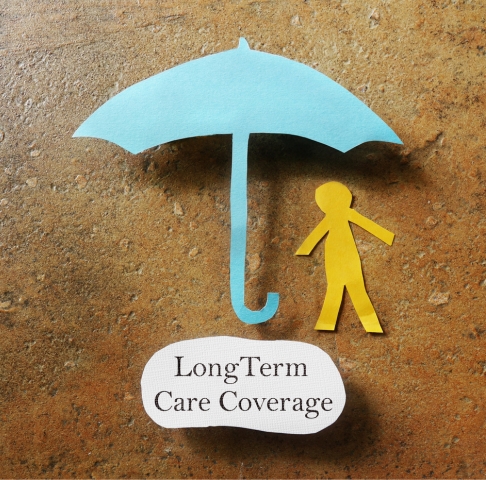According to a report published by the Singapore Cancer Registry, breast cancer makes up 29.4% of all cancers among women in Singapore. And more than 80% of breast cancer patients here are women aged 45 and over.1 This means about one in five are women with breast cancer are aged 44 or younger.
If you’re a woman, you’ve probably already known from your teenage years that doing breast self-exams to catch lumps early is an important health routine that can enable diagnosis and treatment of breast cancer at the earliest stages.
However, because the look and texture of the breasts can change with a multitude of factors including hormones, injury, infection and medication, lumpiness isn’t the only thing to watch for during a breast exam to detect possible breast cancer.
Furthermore, Dr Ong Kong Wee of K W Ong Breast and General Surgery Clinic at Mount Elizabeth Novena Hospital and Farrer Park Hospital points out that Asian women tend to have denser breast tissues which would make lumpiness fairly common.
So, when should you seek medical attention and how can you look after your breasts?
Dr Ong, who’s a Singlife panel specialist doctor, answers common questions and shares his advice.
Is lumpiness in the breasts normal? Is it true that using anti-perspirant regularly cause lumps in the underarms or harms the breasts?
Lumpiness in the breasts is very common, especially in Asian women, as their breast tissues tend to be denser. The breasts also start to get more lumpy in the few days before a menstrual period due to hormonal changes.
It’s a common myth that the use of anti-perspirant can cause lumps in the underarms or even result in breast cancer. This is totally untrue and unproven.
Is there a way to identify different breast lumps and how should they be managed?
You can use this table as a general guide, but if in doubt, always consult a doctor.
What should you do if you find a lump?
Don’t panic. Most breast lumps are benign and will not lead to breast cancer. Nevertheless, it does pay to be careful and monitor the lump. If it’s persistent, particularly if over a full menstrual period, seek a doctor’s professional advice.
When is a lump not normal and what should you do?
A lump is not normal if it feels hard, is irregular in shape, or continues to grow. If you find such a lump, see your family doctor or a breast surgeon.
Many women feel that a breast lump is harmless if it is not painful. This is a misconception as breast cancer starts off as a painless lump/s and will only become painful when it reaches a more advanced stage.
Aside from lumps, what other changes in the breasts should one be concerned about?
- Dimpling, distortion or bulging of the breast
- Discolouration or thickening of the skin
- Inversion of the nipple, where it points inwards or lies flat rather than pointing outwards
- A persistent rash over the nipple
- Nipple discharge, especially if it is bloody
These signs are particularly significant if observed for the first time.
Does having a series of benign lumps means you’ll never get breast cancer?
Being diagnosed with benign lumps doesn’t mean that you’ll never get breast cancer. In fact, some benign conditions found in the breast could result in one having a higher chance of eventually developing breast cancer. So, you should continue to stay vigilant.
What are some of the treatment options for lumps in the breast, and what can the patient expect during treatment?
Most benign breast lumps do not require any form of treatment. However, if there are any suspicious features, such as bloody discharge from the nipple, then a biopsy is required. This can be safely done in a clinic using a small needle under local anaesthesia. In some instances, the entire lump can be completely removed using a minimally-invasive method called vacuum-assisted needle biopsy.
Surgery is used to remove large benign breast lumps, especially if they are symptomatic.
For individuals diagnosed with breast cancer, treatment often requires a multi-disciplinary team consisting of a surgeon, medical oncologist and radiation oncologist. Surgery is usually performed first, followed by other forms of breast cancer treatment such as chemotherapy, radiotherapy, hormonal therapy as well as targeted therapy.
Notes
1. Source: The Straits Times © Singapore Press Holdings Limited. Extracted with permission. “Breast cancer: Understanding the most common cancer for women in Singapore,” 6 August 2016.








